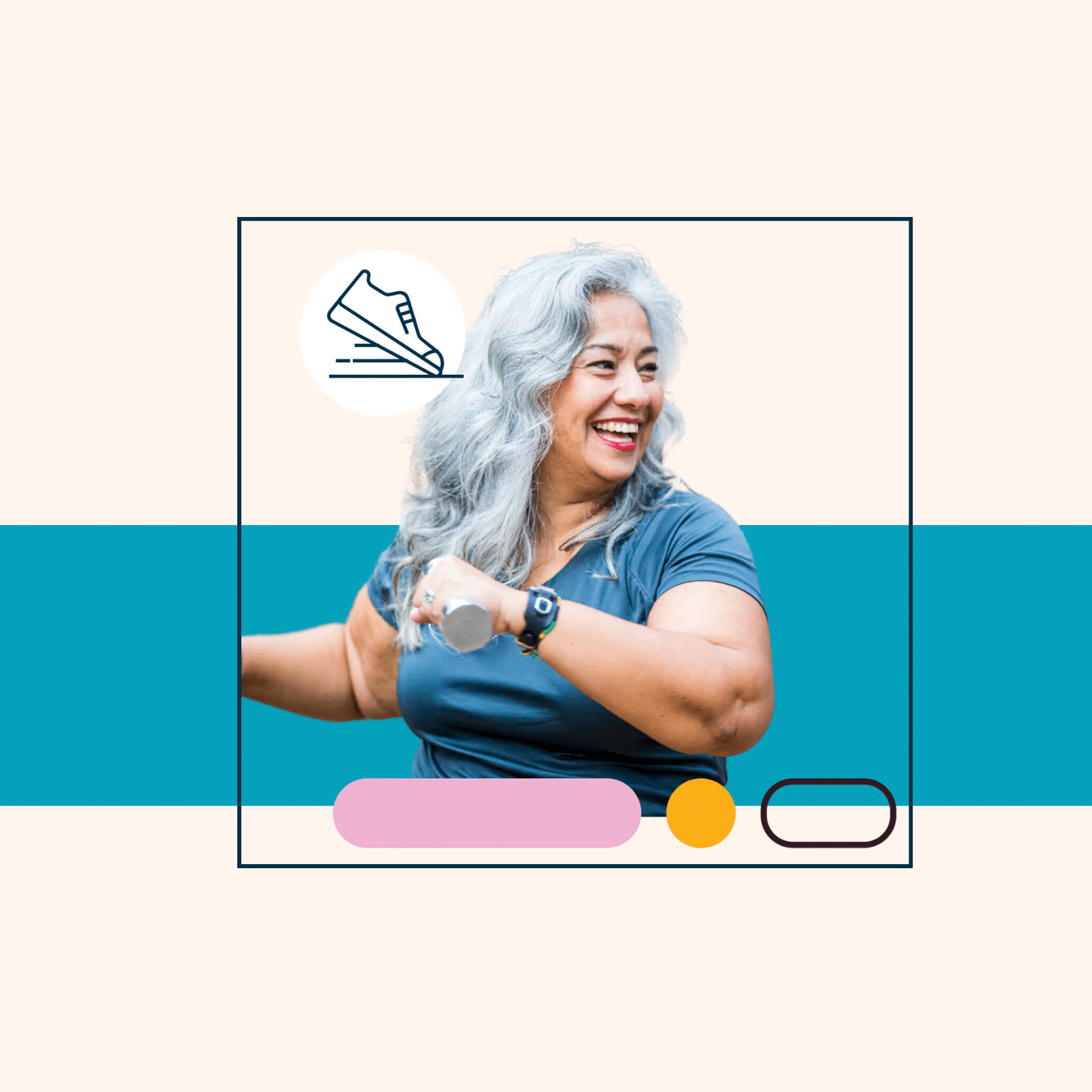Balance problems are a common symptom of Parkinson’s. If you’re looking for ways to get back in balance, read our expert advice from Fay Horak, PhD, PT, director of the Balance Disorders Laboratory and professor of neurology at OHSU.
1. Check in with a movement disorders specialist.
If you’re trying to improve your balance through exercise, medications make a big difference. “We found that if patients are taking levodopa, they learn to improve their balance better than when they’re not taking medication,” says Dr. Horak. “In our exercise study, when people came in without taking their medications, their balance improved a little bit. But when they did take their medications, they had much more improvement and they remembered the improved balance they learned much better the next day.”
Taking the right medications at the right time is important for engaging in an exercise program. Talk with your movement disorders specialist to make sure you’re optimizing your medications.
2. Ask to see a physical therapist.
A physical therapist can work with you to help identify ways to manage balance problems that could lead to a fall. Dr. Horak explains, “It could be something as simple as using a cane or changing some things at home to prevent a fall.” A physical therapist can also give you advice on the best community programs for your condition so that you can stay engaged in exercise.
3. Practice different kinds of balance.
The brain controls many different aspects of balance. In order to improve balance, you need to practice all of those different aspects.
“In one of our studies, we had people practice walking on a treadmill. Many aspects of their balance improved, but not standing balance. When another group practiced standing balance, we did see improvement,” says Dr. Horak. “Similarly, if you want to improve your balance when you trip, you need to practice tripping. You need to practice what you want to improve.”
4. Do your homework.
There are things you can do at home to improve your balance. “Every time you walk around the block, you’re improving your balance,” says Dr. Horak. “You can also practice many of your community exercise programs at home. Like if you’re learning Tai Chi, you can – and should – practice the movements at home, too.”
To learn more about Dr. Horak’s work, read “Ask the Expert: Dr. Fay Horak.”
Get involved with research! If you’re living with Parkinson’s, or have normal balance and want to act as a healthy control, sign up to participate in the studies at the Balance Disorders Laboratory and help improve our understanding of balance and gait. The Balance Disorders Laboratory is actively recruiting for new study participants, including an ongoing 2-day study as well as a future 12-week exercise study. Learn more by visiting www.ohsu.edu/horak, calling 503-418-2601 or emailing [email protected].



